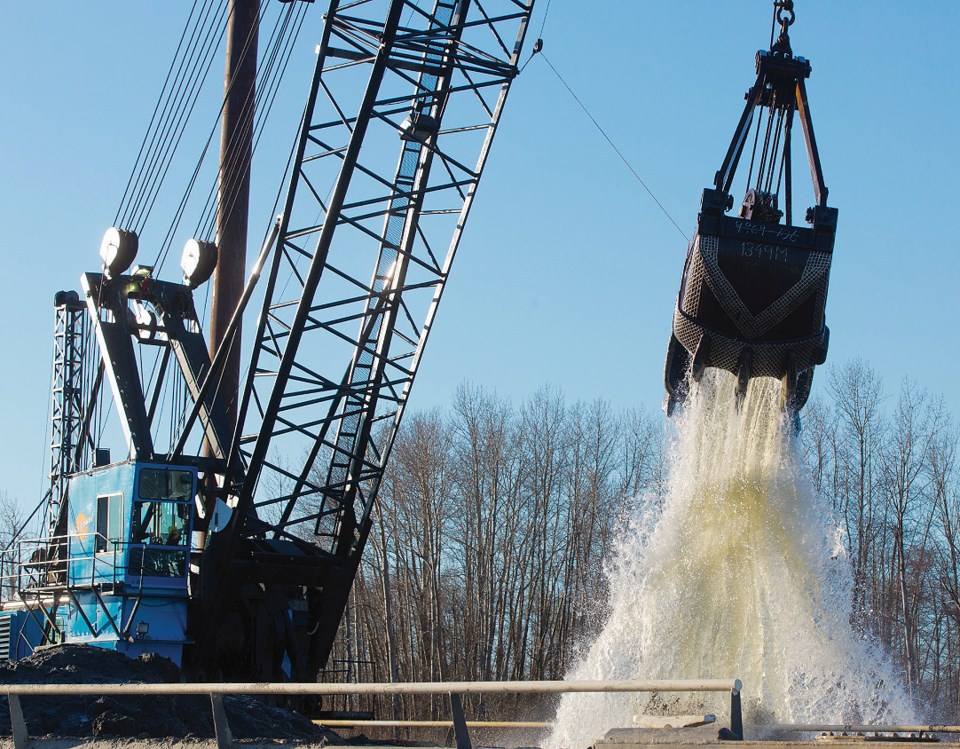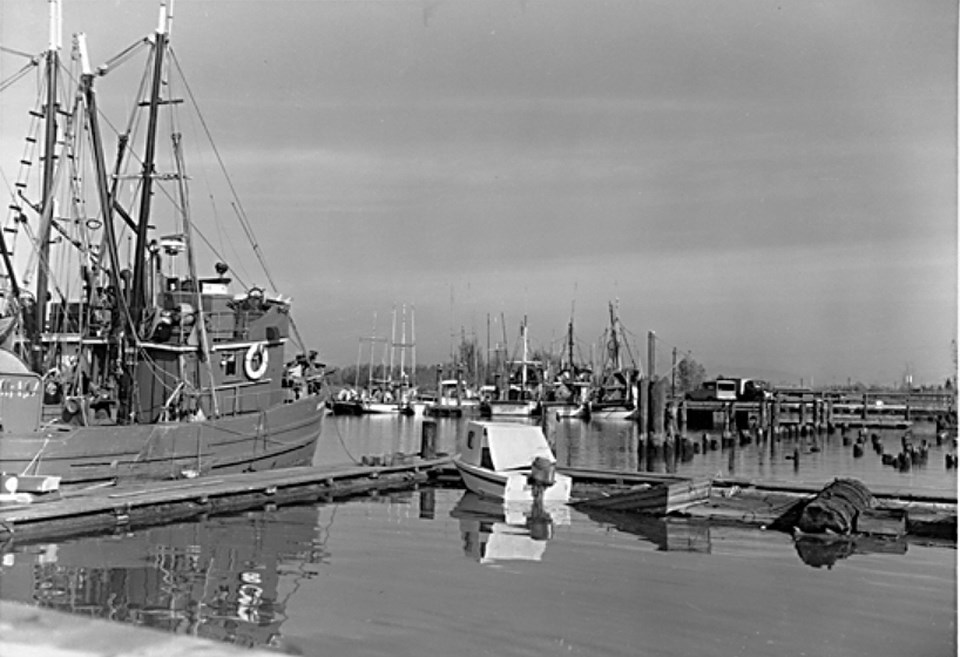It’s certainly been a frustrating problem that’s spanned decades.
An article in a March 1973 edition of the Delta Optimist with the headline “Dredging a Must” focused on the ongoing lobbying effort to get federal funding for dredging for Ladner Harbour and the secondary channels.
Delta MP John Reynolds said he planned to go after the government with “maximum effort” for dredging and future development plans for the harbour.
After touring the harbor with members of the United Fisherman and Allied Workers Union, Reynolds said, “Dredging of Ladner Harbour hasn’t even started, yet it has been promised for years by the Liberal government.”
He also told the Optimist, “I wonder how the fisherman are even going to get out of the harbour.”
He said the boat he was touring on hit the bottom at the mouth of the harbour.
“What’s going to happen later this month when the tide is down to three feet?” he asked.
Reynolds said he would be taking his information to Ottawa and would start immediate plans “to get government moving on this very serious matter.”
Fast forward to 2020 and the current city council and staff still don’t seem to be getting anywhere on the issue, despite lobbying for an ongoing dredging program.
The Delta response to correspondence received about the lack of dredging, which could result in secondary channels and places like Ladner Harbour being silted-up in the not so distant future, clearly indicated frustration.
Federal Fisheries and Oceans Minister Bernadette Jordon responded to a letter from Mayor George Harvie on the issue of local channel dredging, a letter endorsed by several local businesses, community groups and residents, requesting annual funding of $1.8 million to establish a maintenance dredging program for the most heavily used channels of the lower Fraser River.

A more recent report warned, “Without regular maintenance dredging, the channels will soon revert back to the same condition that prompted remedial efforts in 2013 to restore local channel navigability and safety.”
Jordon’s only response was that the Canadian Coast Guard is no longer funded to provide maintenance dredging in commercial navigation channels and future management of the provision and maintenance of shipping channels would rest with the port or other interests.
Delta staff noted the major challenge in resolving the long-standing issue has been a lack of responsibility for dredging those local channels which has created jurisdictional challenges between the federal and provincial governments and Vancouver Fraser Port Authority, as well as between agencies such as Transport Canada, Fisheries and Oceans Canada and provincial ministries.
“The response from Minister Jordon acknowledges this difficulty, but does little to provide any solutions or directions for moving forward on this issue,” the staff response to Jordon’s letter noted.
In his correspondence to Jordon, Harvie wrote, “It is time to resolve this long-standing issue. Both the provincial and federal governments have indicated their support for such a program - the business case has been demonstrated - let us move forward to secure the necessary funding to support our businesses and communities along the river.”
Back in 2012, Delta entered into a joint $10-million funding program with the province, the port authority and the City of Richmond to dredge channels around Ladner and Steveston.
Work was completed in February 2015.
That project was successful in removing hundreds of thousands of cubic metres of sediment that was impeding navigation and access through the three most heavily used channels around Ladner.
Money was left over for some additional final work this year.
According to the city, a post-freshet survey taken a couple of years ago indicated that the local channels around Ladner were, once again, experiencing significant sediment accumulation at key access points to harbours, marinas and float home communities.



